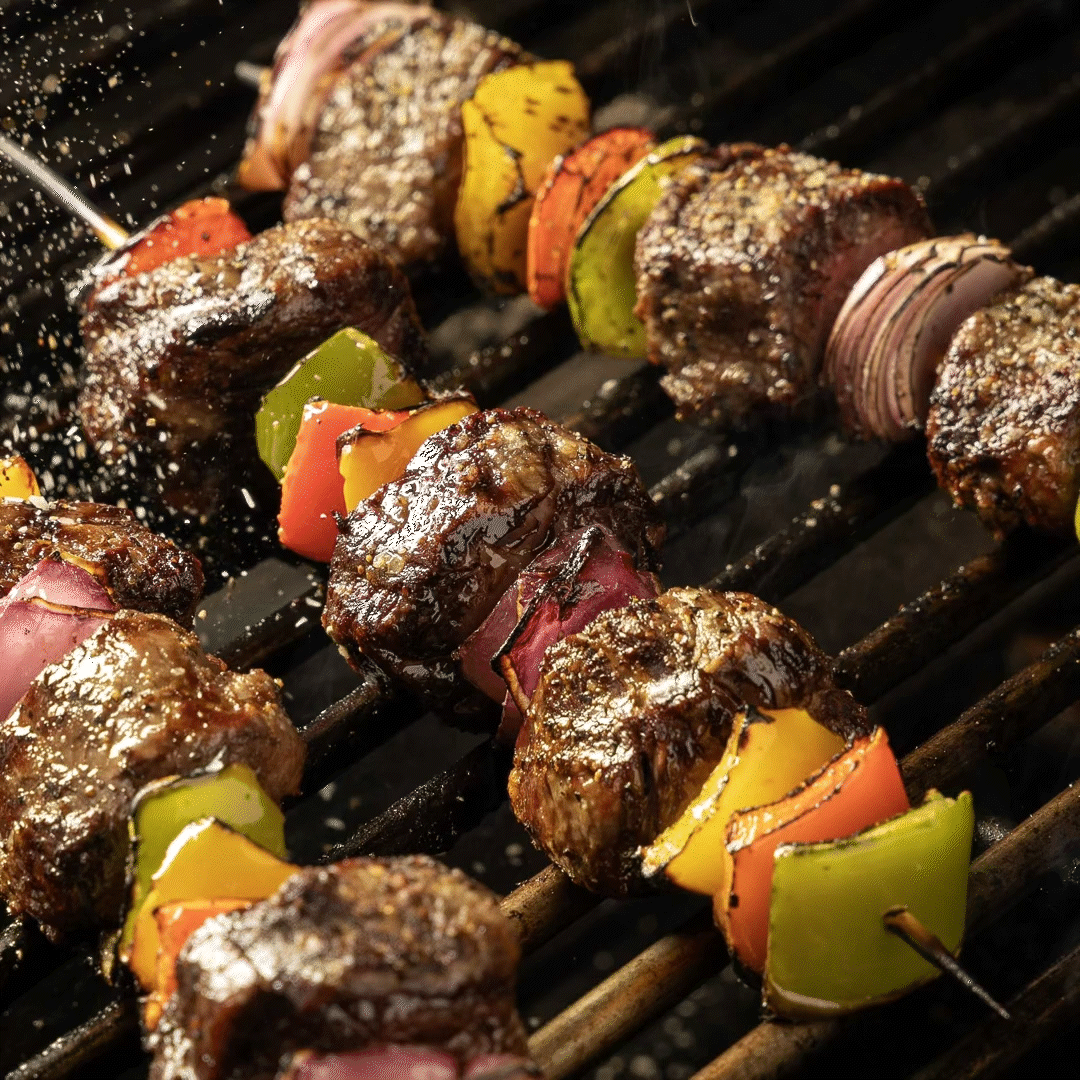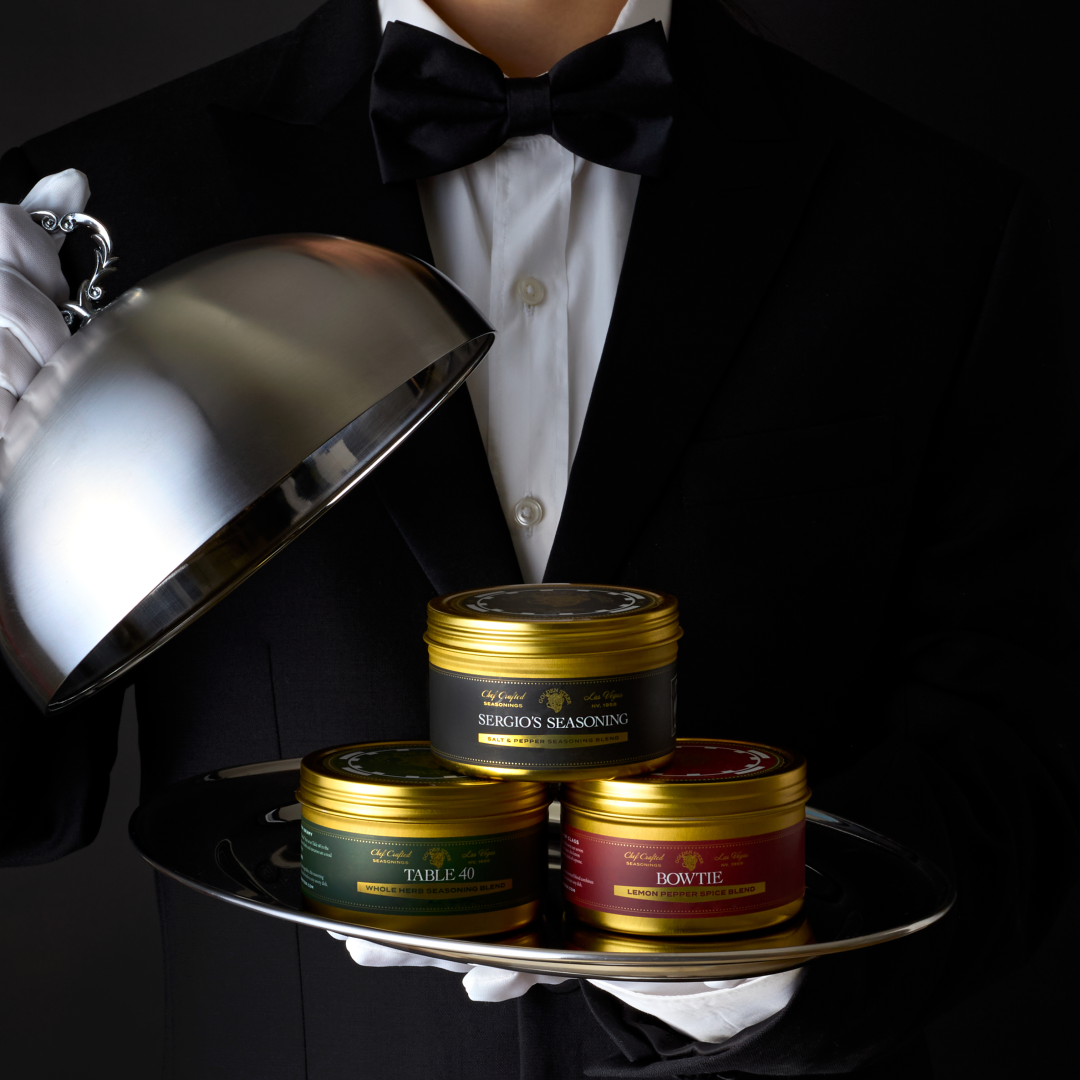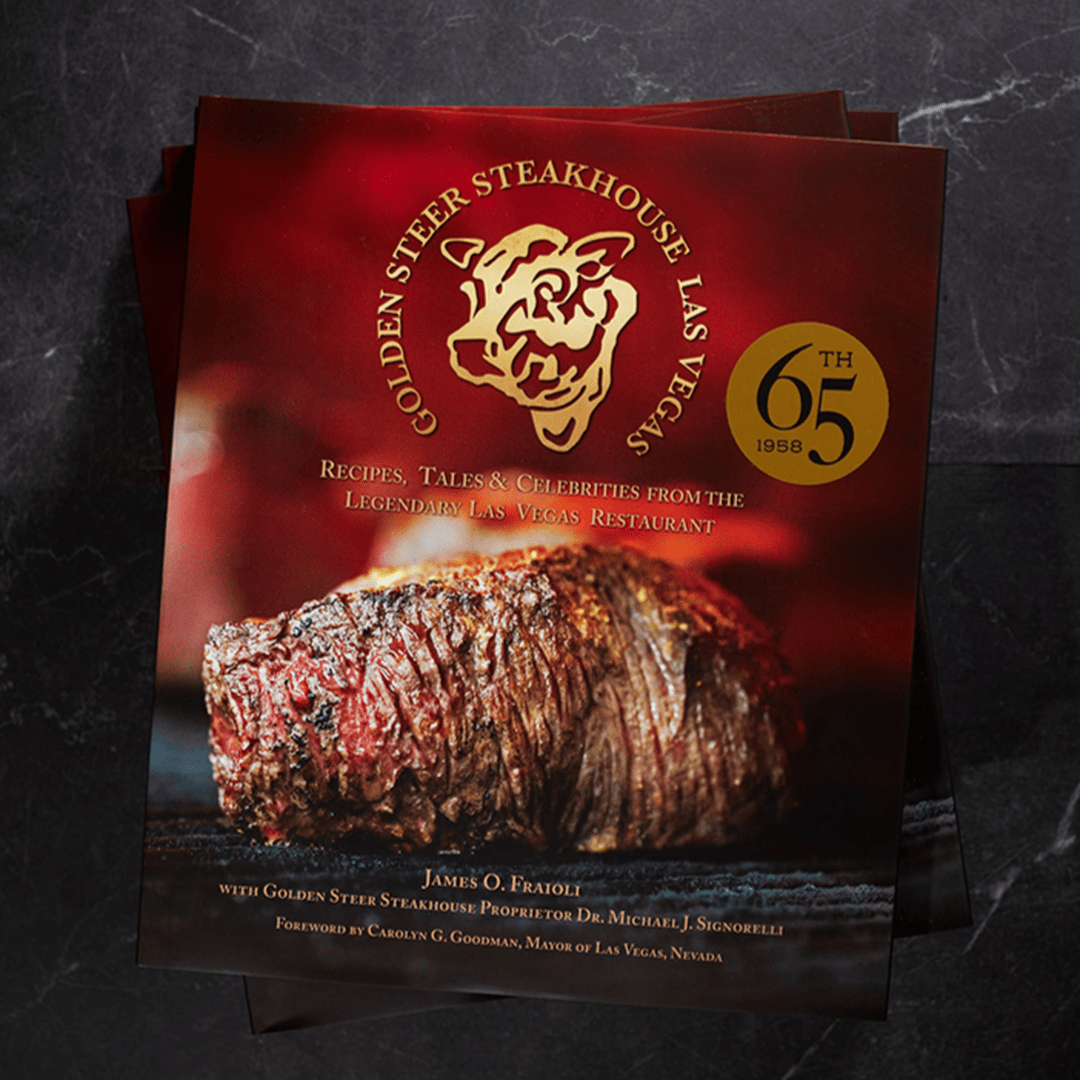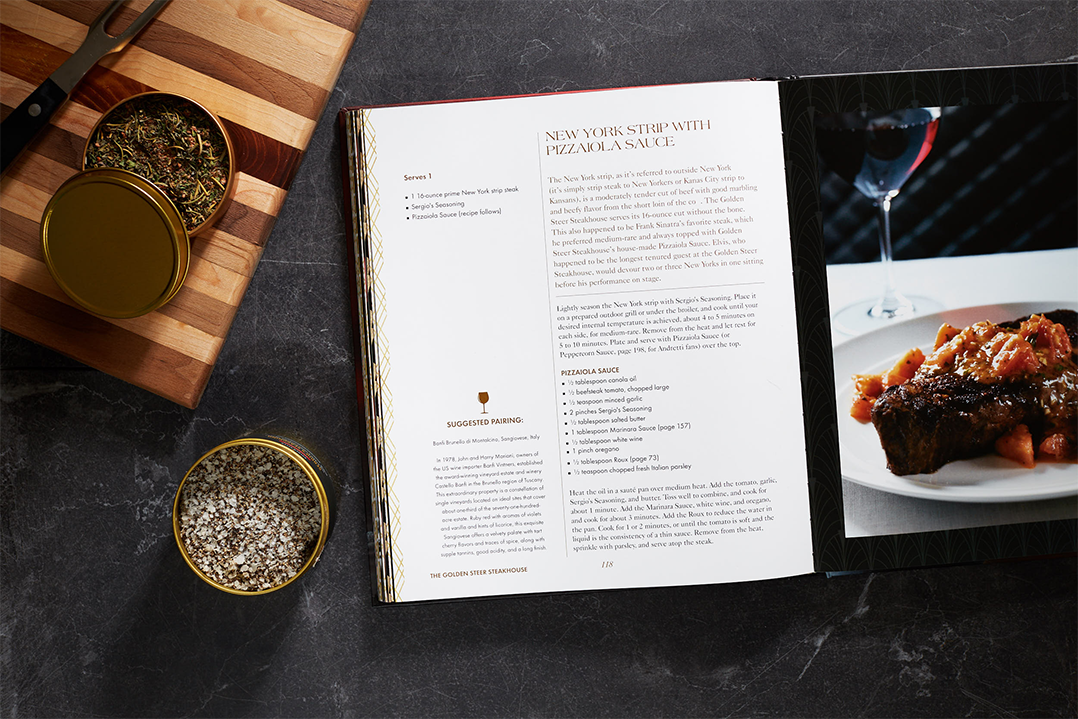By now, so late into the year, you’ve probably cooked a bunch of steaks. You’ve probably stuck with a favorite method or two. But it’s time to mix things up and try some out-of-the-box, downright mouthwatering new ways to cook steak.
Today, we’re going to take our steak cooking on vacation. Grab your passport. We’re headed across the world.
That’s right. We’re going to travel to four countries with legendary steak dishes. We’ll break down four flavor-packed methods, each doable with our hand-butchered signature cuts.
The endgame? Four exceptional meals. And maybe even seeing steak anew.
Mexico: Carne Asada
First, we land just south of the border in northern Mexico, where whole towns are organized around ranching. On the roadside, people cook and sell tacos juicy with carne asada, meaning "grilled steak". Here, carne asada is usually made from leaner cuts, like skirt or plate. But higher-end steak like our 16-ounce New York strip can lead to some unforgettable elevated tacos.
Carne asada begins with a bold, muscular marinade. You can soak meat overnight in citrus juice, chiles, salt, pepper, and maybe a little soy.
Time to cook. The smoke of a very hot charcoal or wood grill builds crust and flavor. Truly, this is one prime showcase of what a charcoal grill can do, yet gas works nicely as well. Grill steak for a few minutes over very high heat on each side, then move to indirect heat to finish.
A signature of carne asada is the cutting: a full-wristed chopping with a cleaver or heavy knife that serves to tenderize. Since we’ve started with top-notch aged beef, all we have to do is slice thin.
Finally, serve carne asada with flour tortillas, salsa, a squeeze of lime, and your favorite fixings to complete this Cadillac version of a steak taco. One bite in and the roadside grills of northern Mexico won’t feel far away.
France: Steak Au Poivre
We now park on a cobblestone street in the city of lights, Paris. Steak Au Poivre is a classic of France. French culinary legend dates it back to 19th century Normandy and late-day meals, the eaters often hoping to tap into pepper’s rumored aphrodisiac properties. Today, Steak Au Poivre remains widely popular. A few sauce-soaked bites — showers of peppercorns softly bursting between your teeth — and you’ll practically feel your elbows on the zinc bistro bar.
The beauty of cooking steak au poivre is partly that it’s all done in one pan (but for a very brief time in the oven). Give steaks a pan-sear until deeply brown, then finish in the oven until they reach your preferred temperature. While your steaks rest, make the pan sauce — another major source of this dish’s rare beauty.
When building the pan sauce, you’ll want to follow a tried-and-true recipe, like Julia Child’s, (though you don’t need to use three kinds of peppercorn like she does). The decadent pan sauce has some precise steps: cooking shallots on the steak traces left in the pan, adding peppercorn, cooking off brandy or Cognac (flames!), and finally reducing and thickening with cream.
The final sauce? Loaded with depth, great with a wide range of beef cuts, unbelievable with French fries, and a portal to the land where the restaurant was created.
Vietnam: Shaking Beef
After a long flight, we park our motor scooters and walk to stretch, noticing the crowded cafes and restaurants of Vietnam’s Ho Chi Minh City. Inside, people choose between Pho, Bun, Banh Xeo, and other traditional dishes. One of the more celebratory, meat-centric favorites is Bo Luc Lac, also known as "Shaking Beef".
Does the beef shake? Nope. You shake the pan you cook it in.
The dish is made up of small chunks of meat aggressively browned and served over greens to form a steak salad of sorts, the greens keeping the Shaking Beef moist and fresh.
This is a quick, intensely flavorful steak dish to know. You do need to have oyster sauce and fish sauce on hand. You’ll also need to cut your beautiful steaks into cubes to start.
Before cooking, beef gets a powerful flavor jolt: oyster sauce, fish sauce, soy, sugar, garlic, and more. Just what you add will vary by recipe, so make sure you use a good one.
Cook beef over high heat in an oiled wok or pan. Once the pan-touching side of your steak cubes has browned, shake the panhandle to throw them onto a raw side. Repeat until beef is mahogany all over. Though the cubes might throw you at first, you’ll quickly see this is truly an excellent way to cook steak.
Argentina: Churrasco Chimichurri
Finally, we ride out into the Pampas, the pasturelands of Argentina - some of the world’s best. Gauchos, or cowboys, still tend some of the herds. Argentinians honor their Gaucho past and present by eating more beef per person than just about any country in the world.
How do they eat beef? The most popular way might be as steak with the herbaceous, electric sauce Chimichurri — one of the world’s great steak sauces.
A steak to be finished with Chimichurri is often treated with great simplicity - just salt and pepper. Sometimes, though, cooks also marinade steaks in Chimichurri (and add even more right before eating). Cooking is also simple, done over open-fire grill called a parrilla. At home, cook your steak by any method to your liking, rest it, then slice against the grain.
The kicker is the bright magic of the sauce. Chimichurri is so good it has a high margin of error, meaning you don’t need strict precision for worthy results. The sauce is fresh, sharp, a bit tangy, and softly tinged with garlic. It cuts steak’s richness and seems to accent all of its best charred, mineral qualities by way of contrast.
To make it, all you need is to blend a lot of parsley, a little bit of olive oil, Sergio's Seasoning, and a few other ingredients (recipe here). Add Chimichurri — or use any of these other methods — and you’ll tap into renowned global steak traditions. Maybe you'll even develop a new steak cooking routine!
Photo credit: Los Muertos Crew






